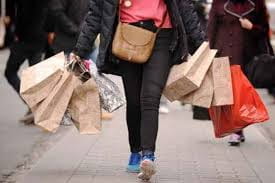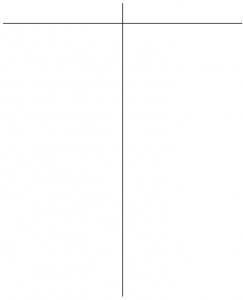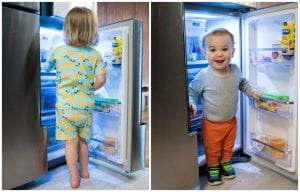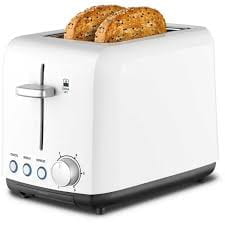Where does electrical energy come from?
The electrical energy we use is generated by power stations. Most power stations in Australia burn fossil fuels, usually coal, to generate energy. Coal is burnt to release heat energy that heats water. The water turns into steam. The steam rushes past turbines (devices with blades), which then spin. The turbines are connected to generators. As the turbines spin, wires or magnets in the generators spin transforming movement energy into electrical energy.
Activity 1. Draw your own images of this process
How does electrical energy get to our homes?
Power stations that produce electricity are usually a long way from places that use it.
To get to those places, the electrical energy goes through a lot of steps before it reaches our homes and factories:
• After being produced in the power station, lots of electrical energy is transferred
along high voltage transmission lines to local substations.
• These substations use power poles to distribute electrical energy to places around them.
• The electrical energy goes through a transformer drum before reaching your house so that it is the right voltage for your appliances to use safely.
Activity 2. Draw your own images of this process











